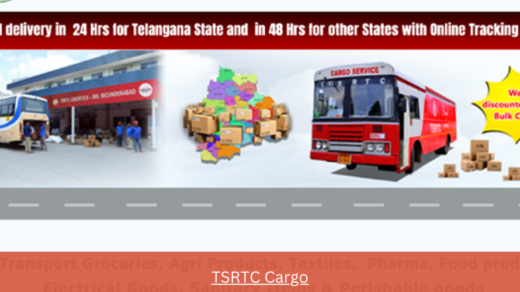The technology systems underpinning critical operations require proactive management across the entire setup lifecycle to extract maximal value while avoiding dysfunction or stagnation from legacy solutions ill-equipped for evolving needs.
Adopting a future-focused mindset sets the stage for continually aligning innovative new technical capabilities with emerging business objectives through iterative renewal processes versus reactive firefighting when outdated infrastructure inevitably falters.
The Strategic Planning Phase
Formulating multi-year technology roadmaps matching prospective tools to long-range corporate goals prevents haphazard adoption lacking of a cohesive vision.
Seeking external wisdom from IT support in Anaheim introduces fresh perspectives, vetting the merits and disadvantages of bleeding-edge solutions before stakeholder buy-in and significant financial outlays.
Technology advisors provide invaluable expertise honed from architecting countless deployments across diverse industries. Objective guidance aligns implementations with realistic needs rather than overengineering lavish excess capacity that is impossible to leverage properly.
Innovative Technology Selection
The most crucial planning phase decision focuses upon which mix of emerging technologies offers the greatest transformation potential for improving products, services, and workflows given current limitations.
Prioritize tools demonstrating compelling advantages and addressing recurring friction points over “nice to have” capabilities adding minimal value. Calculate the total cost of ownership (TCO) encompassing full lifecycle factors – not just initial purchase expenses – when evaluating options and budgeting requirements.
Astute technology selection gifts organizations enduring competitive advantages as early adopters can reach markets faster with differentiated offerings that are difficult to replicate without foundational innovation.
Streamlined Implementation Techniques
Common project management pitfalls, such as unclear objectives, poor communication, and a lack of executive buy-in, threaten the success of technology rollouts.
Automation tools, for example, expedite traditionally manual software deployment tasks like standing up servers or configuring endpoints for rapid broadscale activations measured in minutes instead of months. Automated playbook workflows standardize procedures companywide.
Proactive Training and Onboarding
New technology paradigm shifts necessitate corresponding team skill development aided through formal training buttressed by readily accessible support resources that ease transitions. Create a tiered experience and appropriate training programs to avoid over- or underwhelming users. Bridge potential workflow disruptions through extensive knowledge transfer well in advance of cutovers.
Continuous Improvement and Maintenance
Regular technology reviews help quantify tangible efficiency gains, budgetary impacts, and areas requiring enhancement. Quarterly audits provide structured opportunities for collecting empirical performance data and user feedback.
Devise key performance indicators (KPIs) like utilization rates, response times, or output volume for ongoing optimization. Monitor metrics longitudinally to diagnose issues before critical failure through leading indicators.
Consider migrating dated solutions that still fulfill moderate needs from active service to maintenance mode while conserving licensing fees. However, continual upgrades to actively supported versions are mandatory from security and regulatory compliance perspectives.
Future-Proofing Your Technology Investments
Prioritize highly adaptable infrastructure that allows nimble reconfiguration as needs dictate rather than isolated fixed-function systems with limited interoperability that impose artificial constraints upon innovation.
Seeking senior technology leadership guidance on projected developments maps requisite capabilities, keeping organizations poised on the vanguard of disruption rather than lagging reactionarily behind. Foster a culture welcoming change through continual skill-building and transformative ideas activated at scale through reliable innovation processes. Align budgets to fuel regular modernization efforts.
Conclusion
Carefully shepherding technology across full life journeys – from aspirational conception through daily enhancements towards eventual retirement – unlocks immense advantages discerned only through judiciously crafted long-term roadmaps tailored to specific organizational environments by expert advisors.
Maximize infrastructure investments via automation, training, and iterative improvements guided by key progress indicators. Regularly realign systems with evolving corporate objectives by soliciting insights from people spanning functional roles.
Read More: Roll on Roll off Car Shipping Firm



Recent Comments